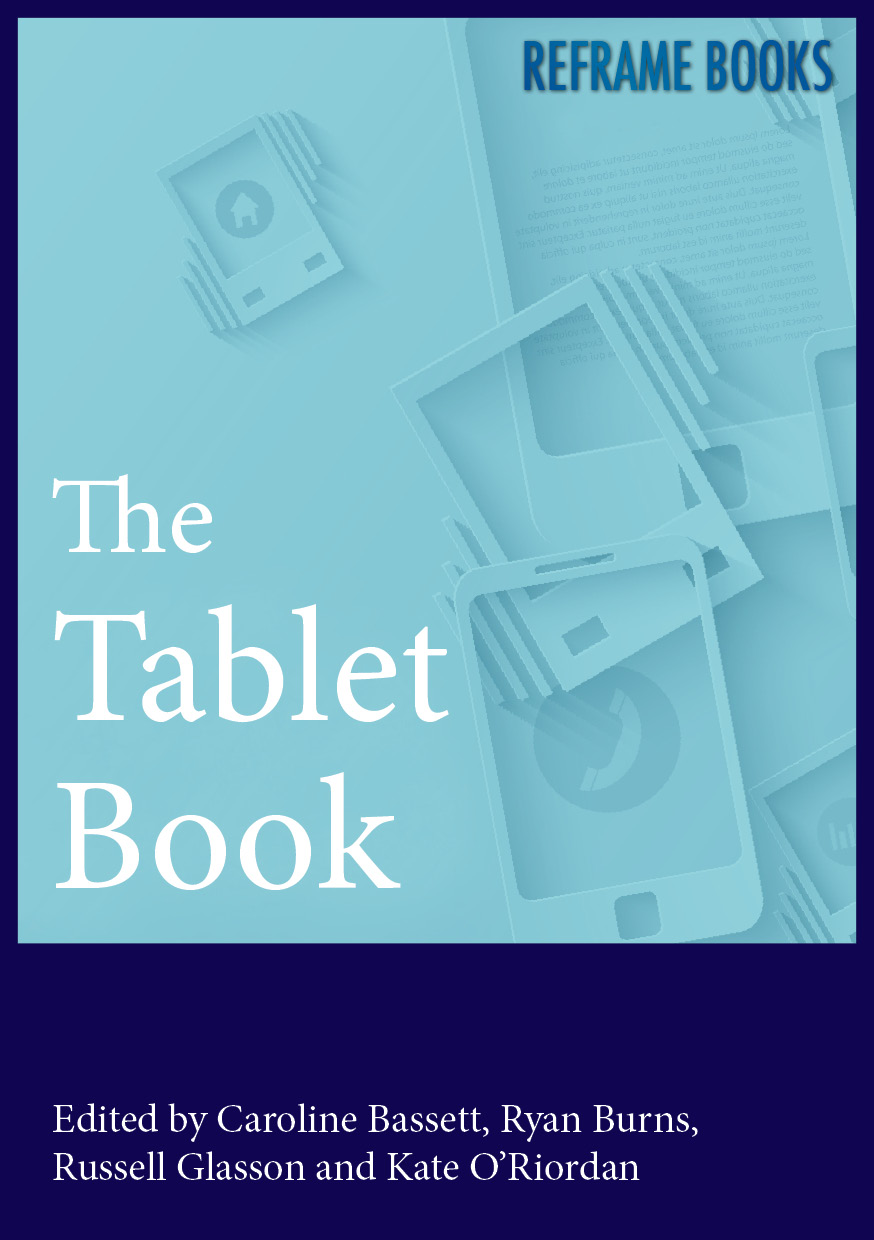
Why it matters: For one thing, huge stretches of the rebel states had mostly African-American populations. Don’t say “southerners” when you’re referring to white southerners.More importantly, this language tends to shake students out of complacency. In most cases, this is more accurate language “the Union army” and “Union navy” were always officially called the United States Army (setting aside complexities about regular forces, volunteers, and militia) and the United States Navy. In a classroom today, therefore, the way we can implicitly take sides on the issue of national legitimacy is to talk about the war between (for example) the United States and proslavery rebels, not between the Union and the Confederacy. To put that another way, in 2020, “the Union” often signifies only half the United States, directly contradicting its significance in 1860. But today, our students are accustomed to hearing people talk casually about “the Union” as simply one of two sides in the war -team blue rather than team gray. People joined the Union cause as an expression of high ideals about the nature of the American nation: not just a collection of states, but a unity of all American states and citizens. Why it matters: In the 1860s, Union was a very powerful concept. government” rather than “the Union.” You may be amazed what a difference it can make, especially for students who have been extensively exposed to Lost Cause thought. Army” or “federal troops” rather than “the Union army,” and “the federal government” or “the U.S. In particular, try saying things like “the U.S. Limit the use of the term “the Union,” and avoid the term “the North,” when referring to the government of the United States during the Civil War.That is the experience that drives my efforts to avoid reinforcing that paradigm in my own classrooms.Īt the Smithsonian, the program director and public historian Christopher Wilson (no relation) has discussed the efforts of several scholars to find ways to tear down “the monuments we’ve built with language” to honor the Confederacy. In that spirit, here are some simple but pretty powerful ways I’ve found in the classroom to avoid reinforcing false narratives. Growing up white in Texas, where my town’s war memorial was a stone monument to our honored Confederate dead, I certainly absorbed that pattern of thought without always realizing it. Whenever we teach the Civil War, even implicitly, as a conflict between two distinct geographic regions, each with its own government, its own presumed-white population, and its own military, which fought a basically white war, we are teaching the basic pattern of pro-Confederate thought. Those false assumptions all lead students to the false conclusion that the Civil War is what happened when the North tried to impose its will on the white South. You may want to read the responses of the many teachers and writers who engaged with it directly.) (This post began as a Twitter thread that became popular yesterday. But there are also subtler ways we reinforce or challenge the pro-Confederate pattern of thinking, usually without realizing it, and we should address those too.



Tackling the mythology head-on will often be wise. Indeed, many of them will have received this view from their teachers. In many parts of the country-and not only in the southern states- most of your white students (or at least their families) will believe in at least part of the Lost Cause story. If you teach the history of the American Civil War to students anywhere in the United States, you will almost certainly teach at least a few students who have absorbed Lost Cause mythology.


 0 kommentar(er)
0 kommentar(er)
